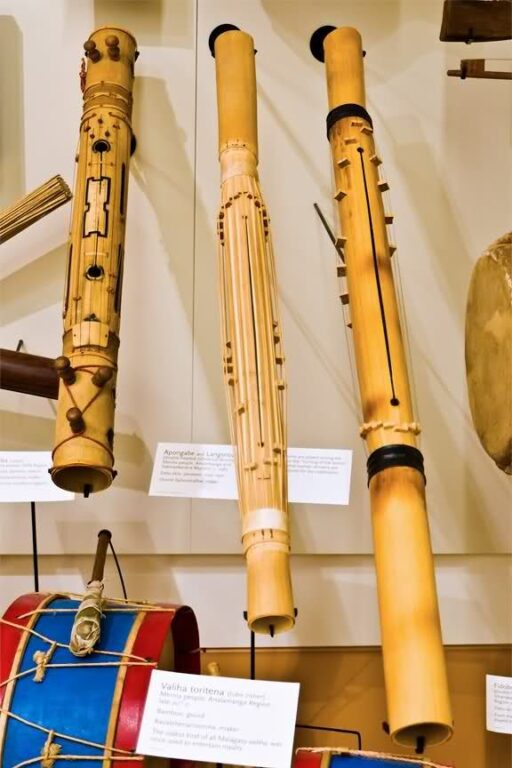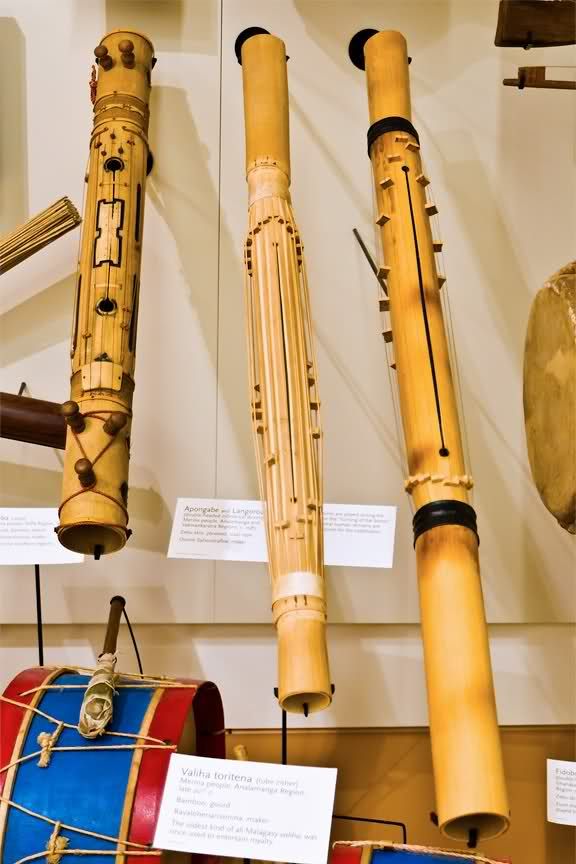Music was something which was highly regarded during the Elizabethan period. It had even become a very established facet when it came to court life. All men and women irrespective of any class in the Elizabethan Era were expected to play some instrument or get involved in singing the harmony. More importance was given to music rather than literature and theatre
Queen Elizabeth, I was a dire lover of music. Instead, she enjoyed the music shows and also knew how to play instruments. She knew to play virginals and lute and also known to have composed dance music. Queen motivated musicians, composers, and dancers.

What were Types of Instruments in the Elizabethan Era?
Contents
The instruments in the Elizabethan Era or say the 16th century can be broadly categorized into four major types
- String Instruments – Includes Lute, Voil, Cittern, Bandora, and Orpharion.
- Percussion Instruments – Various forms and sizes of drums and bells.
- Keyboard Instruments – Includes Organs, harpsichord, and virginals.
- Wind Instruments – Includes shawms, cornetts, sackbutts, recorders.
During this era, a lot of Elizabethan wind instruments emerged.
What is the Elizabethan Wind Instrument?
A wind instrument basically consists of a tube that carries a column of air whose vibration is set by the player who blows air into it or over a mouthpiece set located at the end of the tube. The pitch is usually determined according to the length of that tube and hence you can say that it is determined by the column of air which is vibrating.
However, the instruments from the Elizabethan era sounded very different from that of today. The Wind instruments had a reedy and nasal quality. Compared to modern instruments, their strings produced a thin sound and had a brighter timbre. Also, the bass sound was a bit out of tune and brighter and less mellow.

They did sound somewhat unpleasant but the Elizabethan Wind instruments had their own charm and were very pleasing when played together.
Some of Elizabethan Wind Instruments them are:
Fife
A transverse flute that was mainly used in the military fife and drum ensemble. It has six holes, its bore is very narrow and had shorter length compared to that of the civilian flute. It produced a shrill sound.
Recorder
This instrument is rarely found in the orchestra anymore. From the medieval times till the end of the 18th century it is used by a wide variety of composers. This instrument is very simple and it has melody holes, only three of them.
They were basically the fipple flute in which a player blows into the hole and the air was directed over the fipple. They were shaped like a round block of the wood at the top.
Trumpet
This instrument has a certain military and ceremonial characteristic to it. It has a sound which is like a bright clarion which is why it got a solo status during the Baroque period of music. This Instrument is long and made of metal and you will often find this in four parts.
Bagpipe
In its most primitive form which Elizabethan wind instrument is an ancient one. it is a “reed” instrument where the reed is sounded by an air which is expressed from a bag made of leather. It usually uses a single pipe which is fingered so that different notes can be produced.
Flute
This is an Elizabethan wind instrument which does not have any sort of reed. This instrument is very high pitched and is helped by the player in a horizontal manner and it is played when the player blows through a hole.

Shawn
This is another reed instrument which is an Elizabethan wind instrument and it has a lot of vent holes. This is the one which preceded the Hautboy.

Hautboy
This is a wind instrument which is again sounded with the help of a reed. This is a lot similar to the modern oboe.
Crumhorn
This Elizabethan woodwind instrument is also known as the curved horn and this came out in the 15th century. This was a double-reed instrument when it came out.
Gemshorn
This is another horn which is made like an ox horn and it is a kind of a flute.
Lizard
It is a horn of the S-shaped
Sackbutt
It is the previous version of the modern trombone.

Pipe
A simple instrument that usually has melody holes in the number of three
Inca Empire and Elizabethan England
Andean music is music style that is performed in groups and that originated from the Andean mountain ranges from the Andes region on South America. However, their original melodies and chants were from the areas that were inhabited by Aymaras and Quechuas originally from Bolivia and Peru respectively. They were also inspired by the people who lived in the Inca Empire before their merger with the Elizabethan England.
The main aim of music in the Inca civilization was spiritual and mostly associated with the religious rituals and wars that were joined by singing at a high pitch. After the arrival of Spanish, there a political process and cultural assimilation began which urged for the cultural transformation of the Pagan society into Catholicism. To undergo this transformation, their music was transferred to the new rituals of Catholics.
Musical Instruments of Inca Empire
There were two types of musical instruments namely wind and percussion
Peruvian Wind Musical Instruments – They consisted of panpipes and flutes. The subcategories of panpipes are ocarinas, antaras, phukana, rondador, and siku.

Peruvian Percussion Instruments – They consisted of bombos, wankar, chullus, and tinya.
Demonstration of Inca Instruments to Produce Animal Sounds
Jose Vitancio Umeres, who was a pro in the prehistoric Peruvian wind instruments demonstrated the use of ancient Inca whistling vessel. He used these vessels and the flow of water in it to produce the sound mimic of different animals. He started by showing some of these sounds produced from the interaction between water and air.

More Info On- Elizabethan Musical Instruments, Plays, Elizabethan England Music

